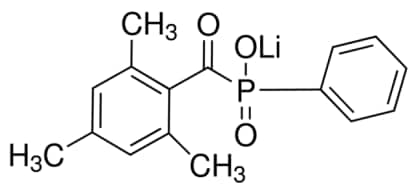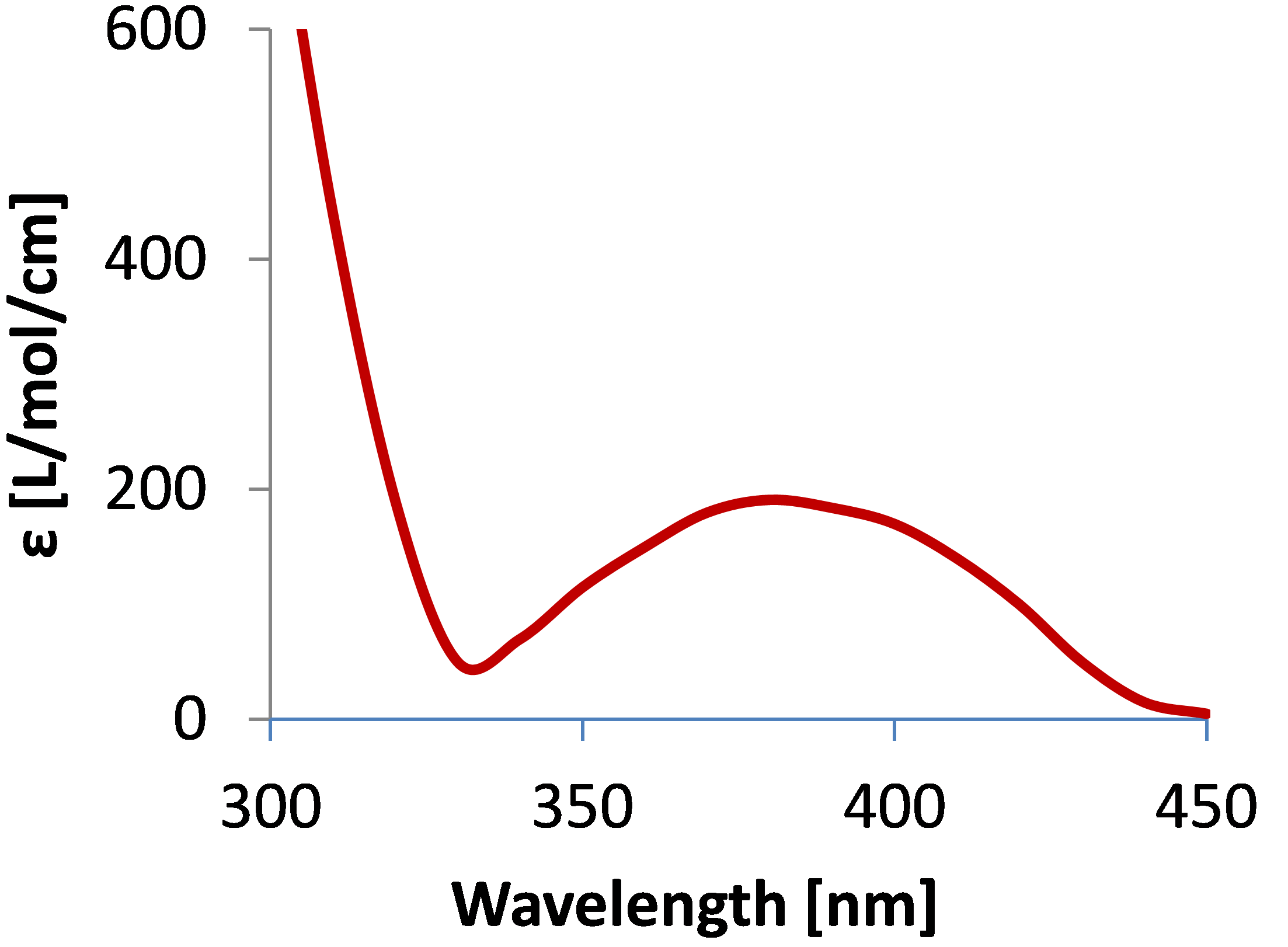Water-Soluble Photoinitiators
Shlomo Magdassi1, Douglas Harris, Hanying Luo
The Hebrew University of Jerusalem, Casali Center, Institute of Chemistry
Introduction
Photoinitiators are compounds added to a formulation to convert absorbed light energy, ultraviolet or visible light, into chemical energy in the form of initiating species, typically free radicals. Traditionally these molecules are engineered for non-polar environments with hydrophobic moieties rendering them water-insoluble. The growth of hydrophilic polymerization conditions, especially in hydrogel systems has generated a need for a new class of water-soluble photoinitiators.
Merck KGaA, Darmstadt, Germany is proud to introduce lithium phenyl-2,4,6-trimethylbenzoylphosphinate (LAP) and water-dispersible photoinitiator nanoparticles of diphenyl(2,4,6-trimethylbenzoyl)phosphine oxide (TPO) as cutting edge products that allow aqueous photopolymerization. This enables the development of novel formulations for 3D bioprinting, tissue engineering applications, and device manufacturing.
Lithium phenyl-2,4,6-trimethylbenzoylphosphinate (LAP)

Figure 1.Photoinitiator
Background

Figure 2.Photoinitiators Properties
This compound was first reported by Majima et al. in 19911. Further work by Benedikt et al. in 20152 explored optimal usage for this photoinitiator and compared the performance to alternative structures. This compound stands out as a leading option for many applications due to the high reactivity and the ability to initiate under both ultraviolet and violet light sources.
Properties
Water solubility: 4.7 wt%
λmax: 380 nm (UV and 350-410 nm violet light curing)
High reactivity formulations
Biocompatible
Recommended addition level: 0.1 – 0.8 wt%
Avoid contact with alkaline additives
Water-soluble TPO based nanoparticle photoinitiator
Background Type I photoinitiator diphenyl(2,4,6-trimethylbenzoyl)phosphine oxide (TPO) is highly efficient but water-insoluble. Water-dispersible TPO nanoparticles have been developed by Professor Shlomo Magdassi group at the Hebrew University of Jerusalem. This water-soluble version of IPO enables the rapid 3D printing of hydrogels in the aqueous solution, which is desired in tissue engineering applications3. The TPO nanoparticles absorb significantly in the range from 385 to 420 nm, making them suitable for use in commercially available, low-cost, light-emitting diode – based 3D printers and UV-curing devices, for any UV-curing aqueous formulation.
Properties
Water solubility: 3.0 wt% TPO nanoparticles
λmax :366-381 nm (UV and 385-420 nm violet light-curing)
High reactivity formulations
Biocompatible
Recommended addition level: above 2 wt%, further concentration optimization is required. (Example for 3D printing bioink formulation: Weigh 20 g of Acrylamide and 2 g of PEGylated diacrylate 600 (SR610) together. Add 80 g aqueous dispersion of the photoinitiator nanoparticles, (78 gram water + 2 gram TPO-NP). Stir the dispersion to obtain a clear ink.)
References
To continue reading please sign in or create an account.
Don't Have An Account?